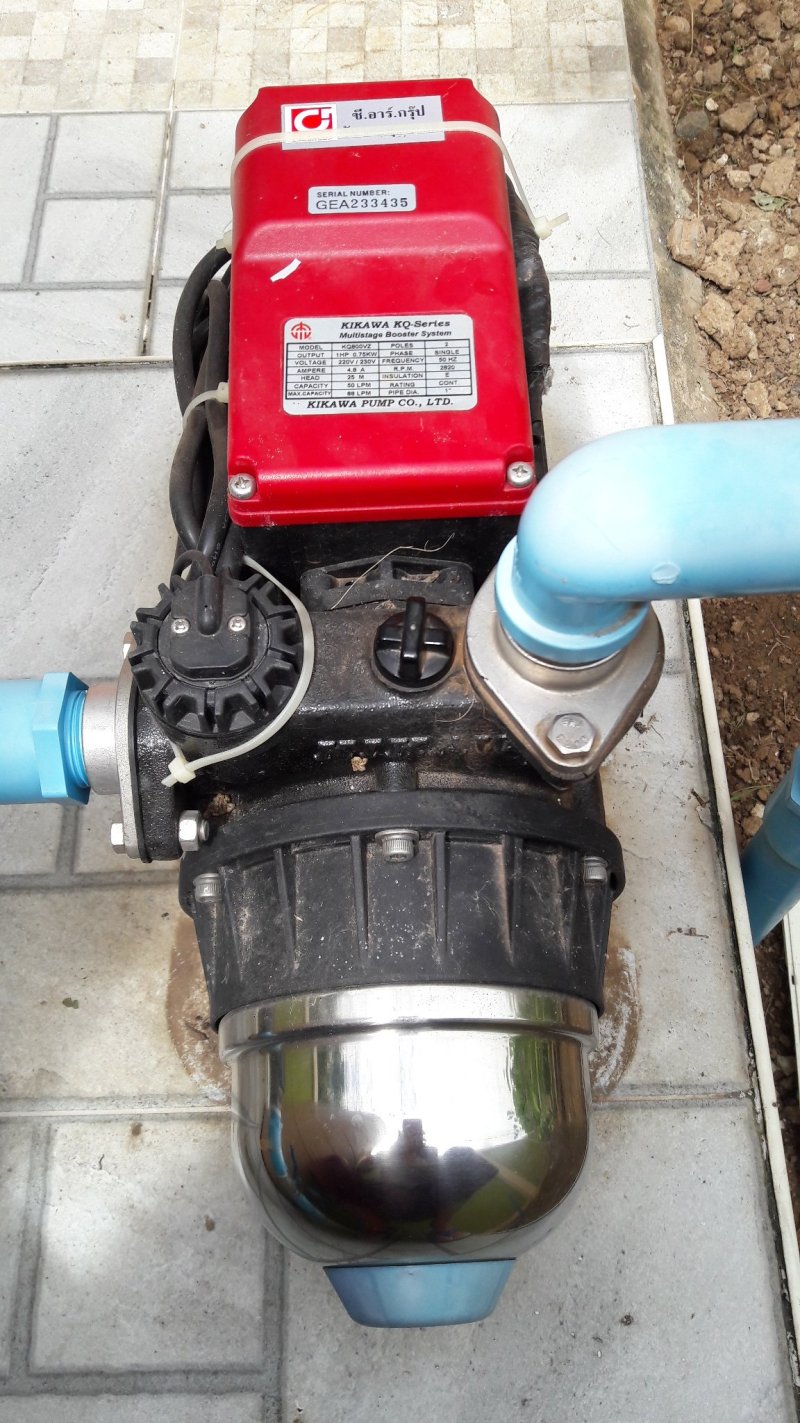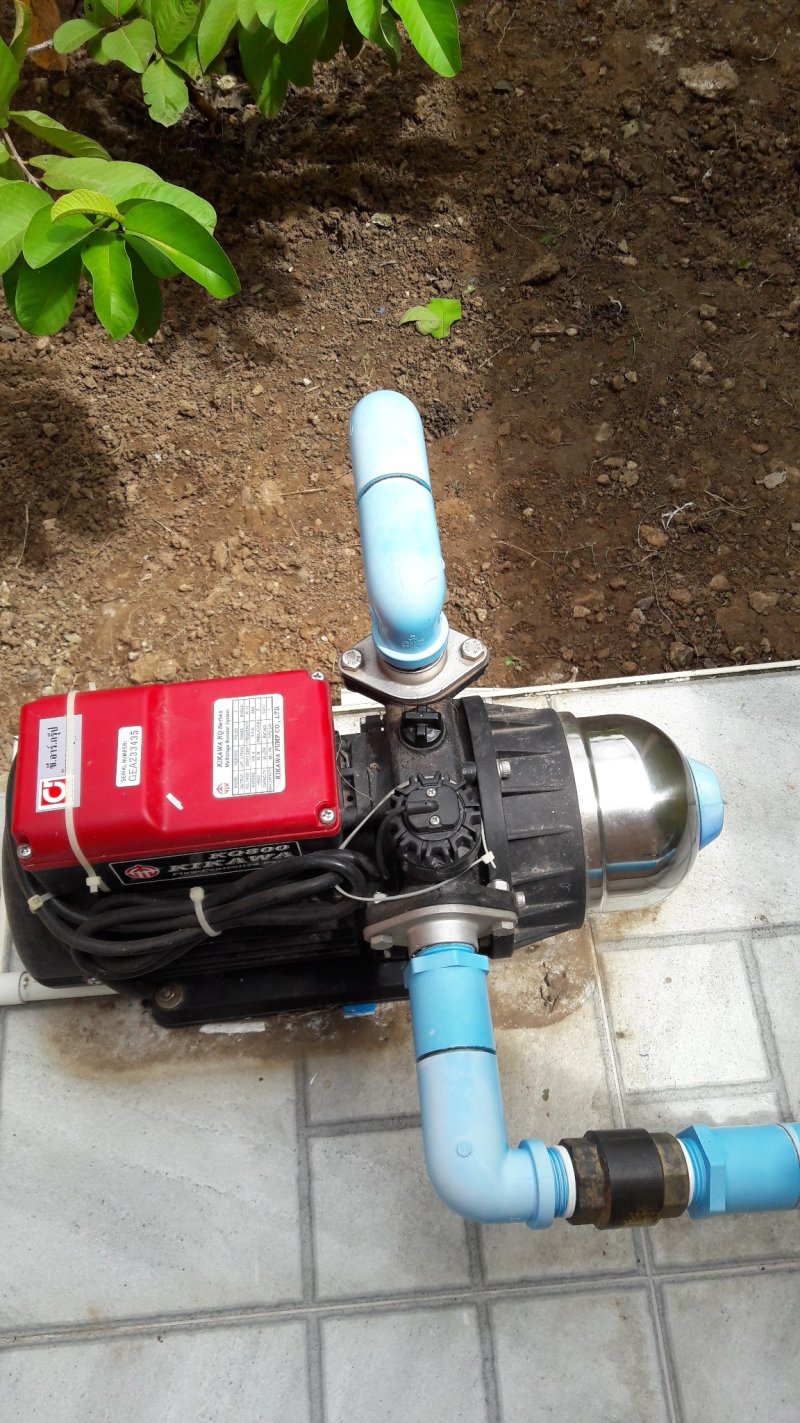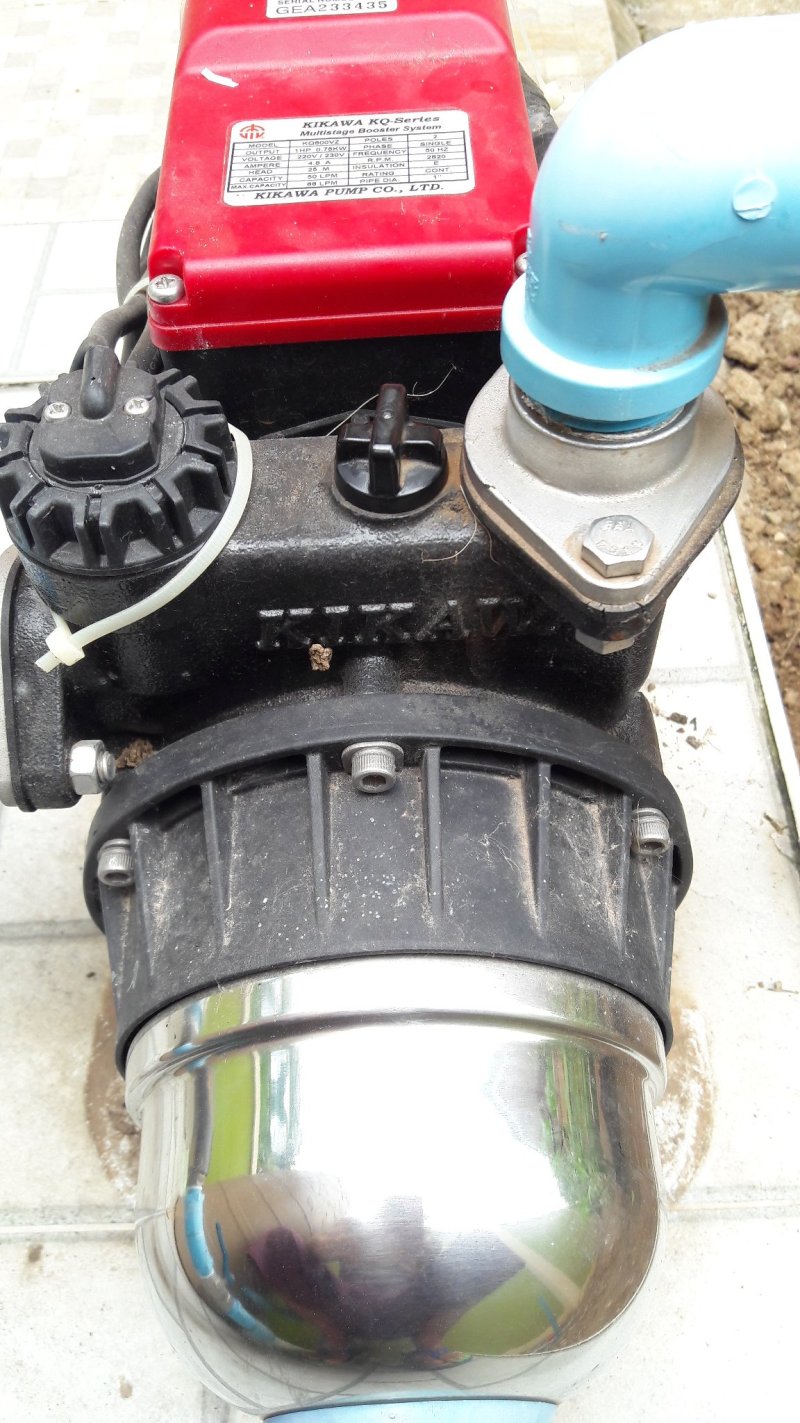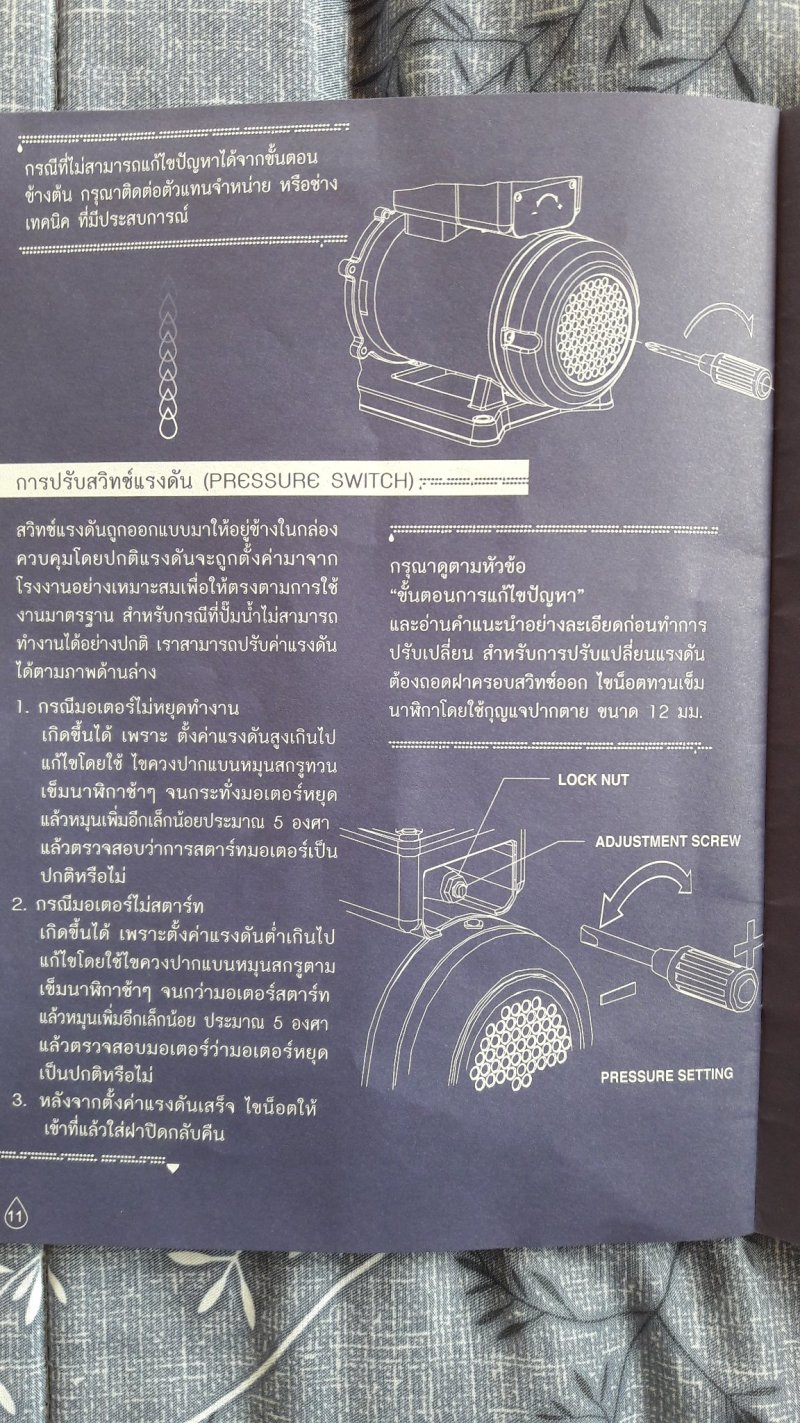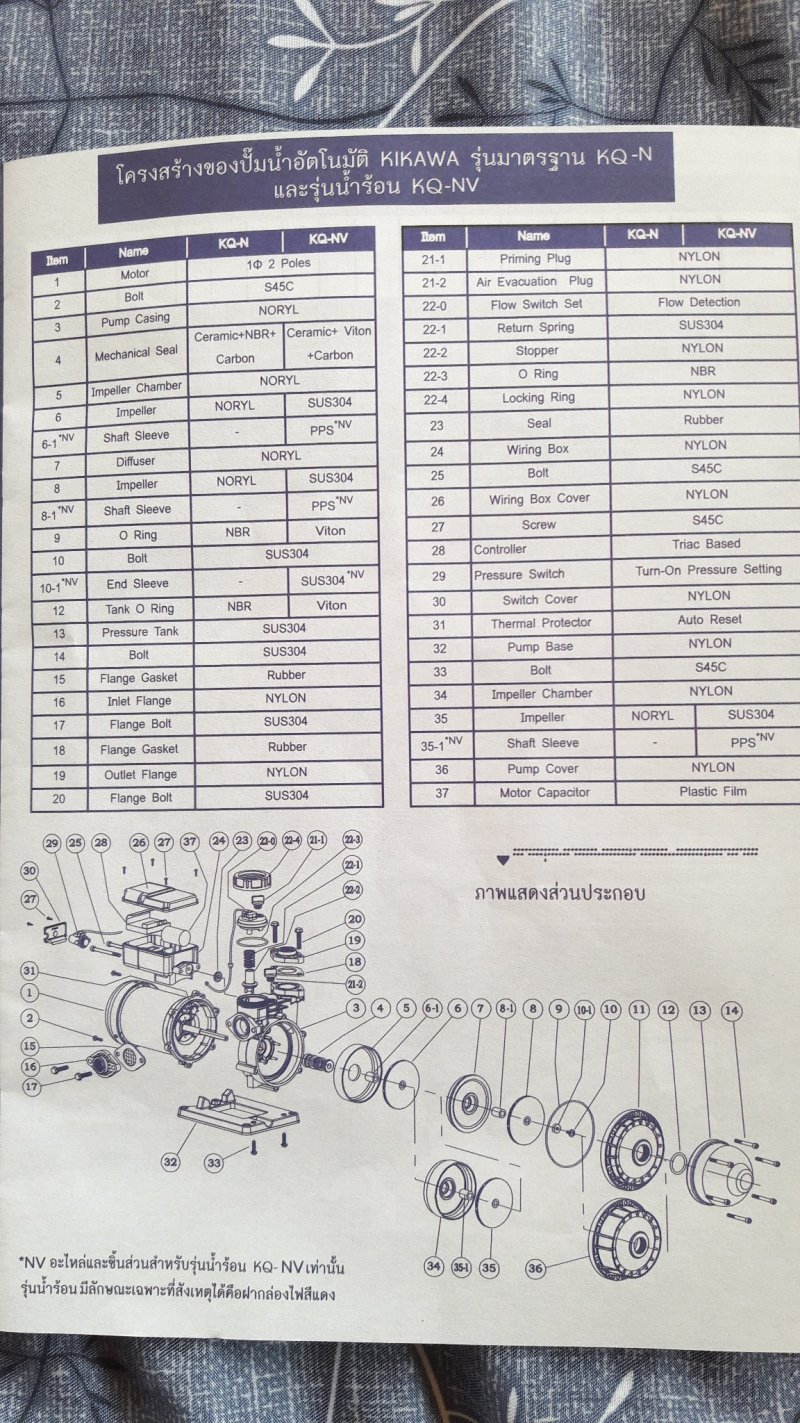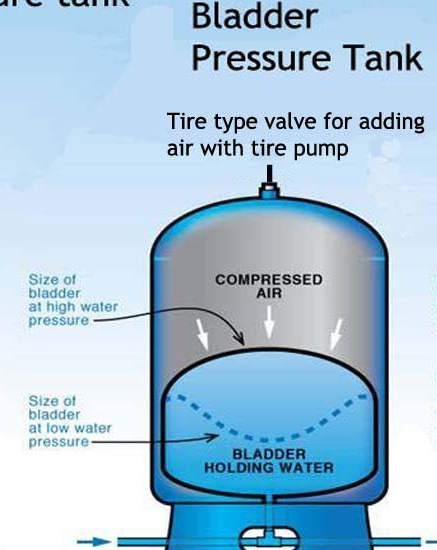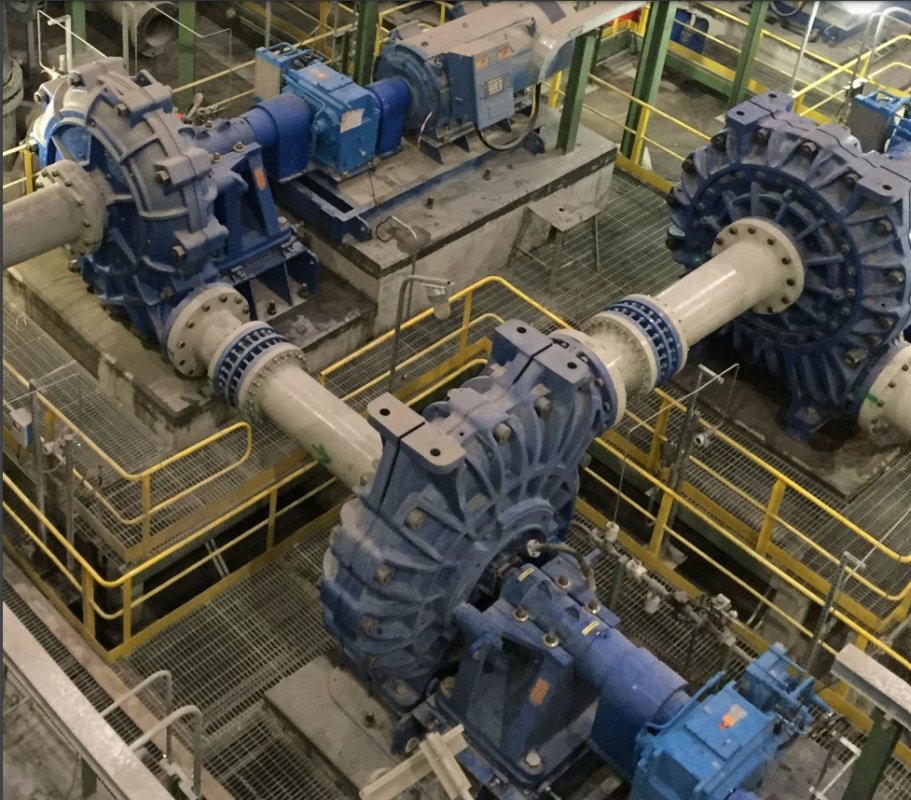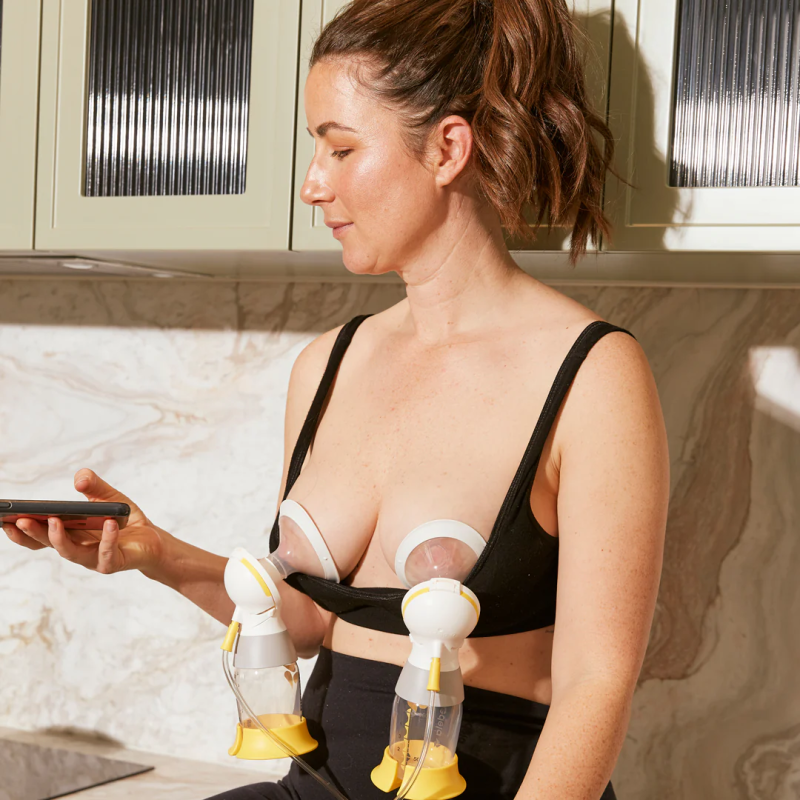Coffee
You chose a custom title
Two years ago a Kikawa pressure pump was installed to provide an ['Amazon rainforest'] showerhead with a strong waterflow located in an inside-house groundfloor bathroom.
Recently I'd noticed a slow movement of the butt-hose (next to the toilet) every ten seconds... probably from either water or air.
There is no water dripping from the toilet or any bathroom tap.
That movement stops when I shut off power to the pump.
Eventhough the pump is effectively shut off if I open a bathroom tap (ie: sink or bath) a very small stream of water will run...approx 300ml/hour.
Personally I figured no water could pass through the pump without electric power.
Is my assumption incorrect?
If I manually shut the outside pump valve connected to the pump this stream of water to the inside bathroom effectively stops.
The 'pump man' from DoHome where I purchased said pump stated water from the water tank is flowing through the Kikawa pump due to gravity when the valves to and from the pump are open.
('Really'?? - I thought.)
In effect my inquiry is: 'how could water flow through the pump if there wasn't any power source operating the pump ?'
As I'm not a pump professional I'm seeking knowledgable replies. Thanking you in advance.
Pump specs
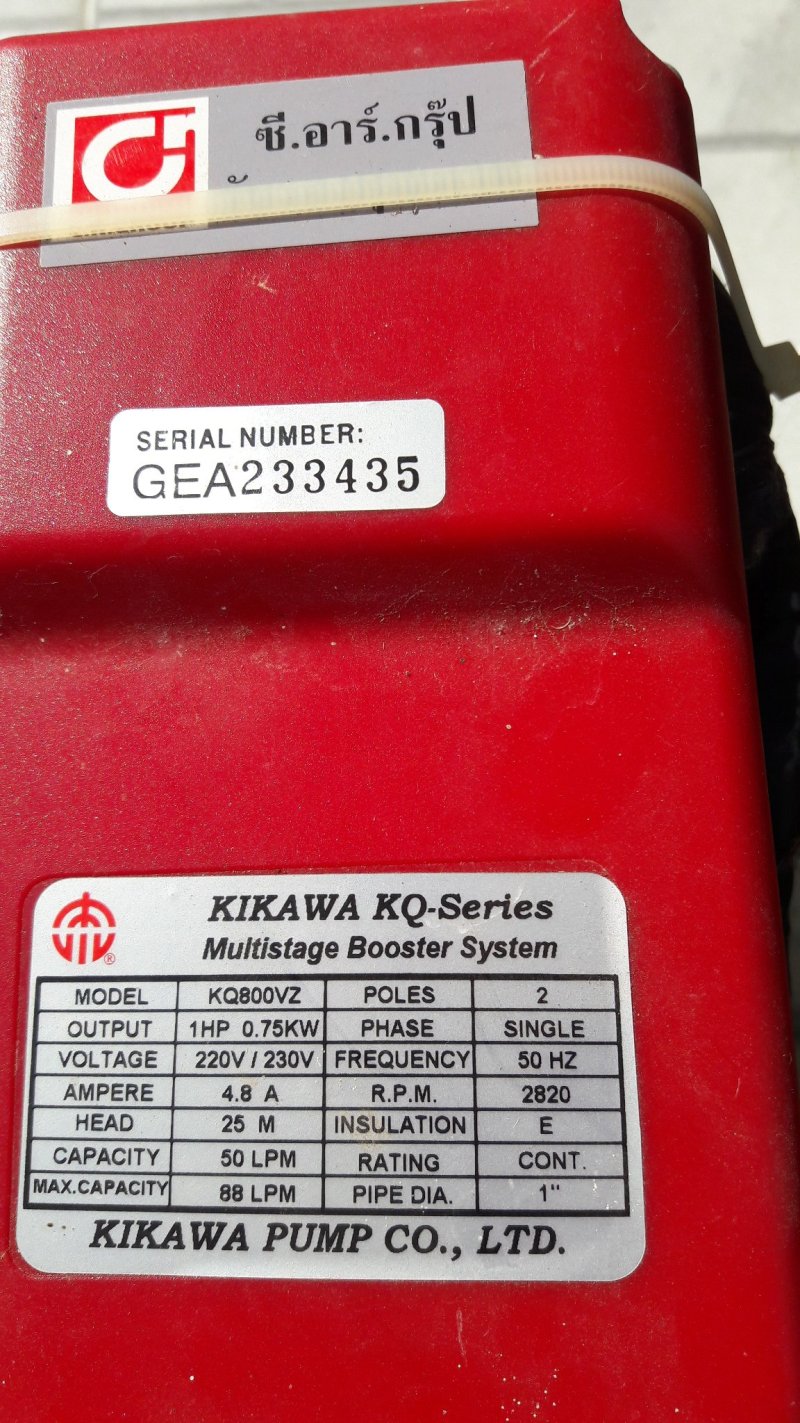
The pump and tank setup.
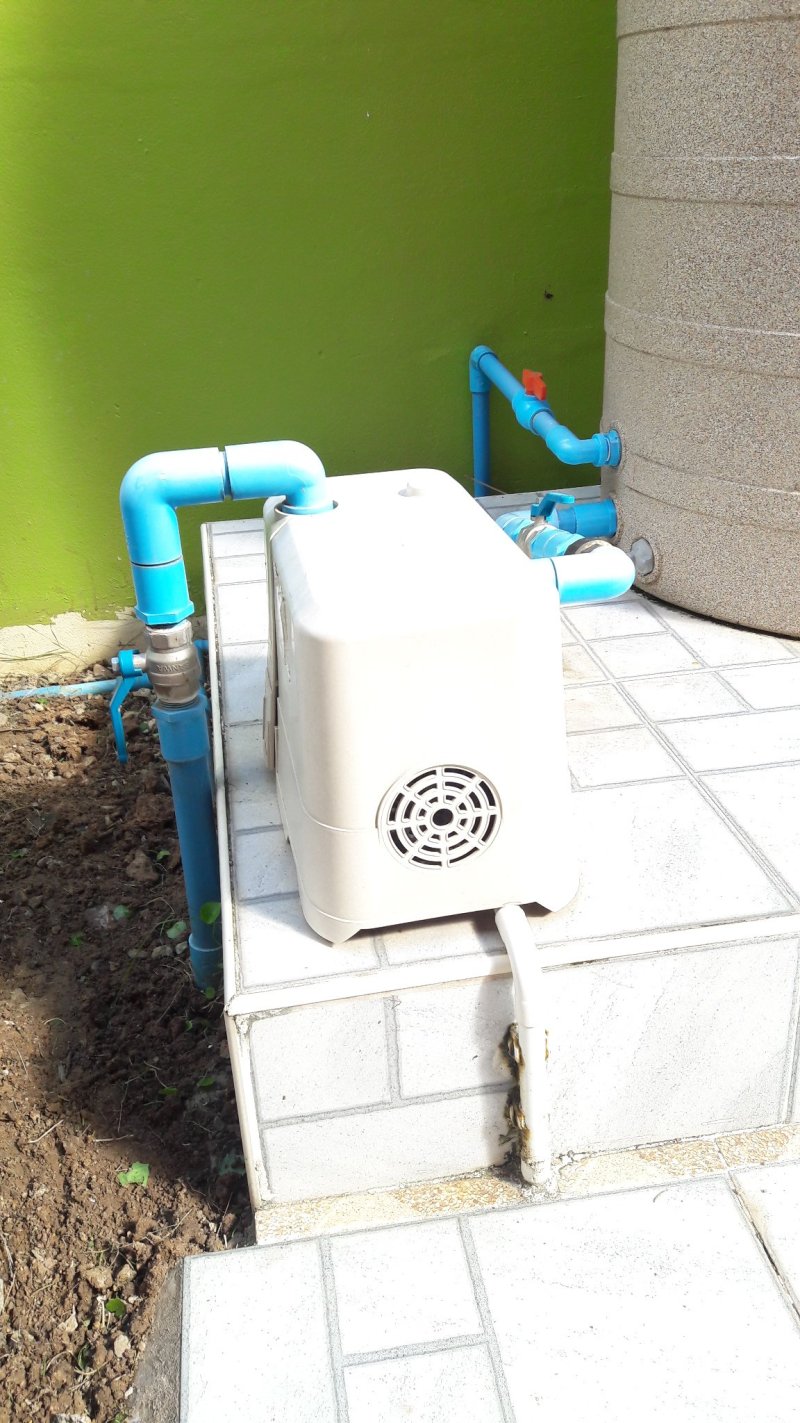
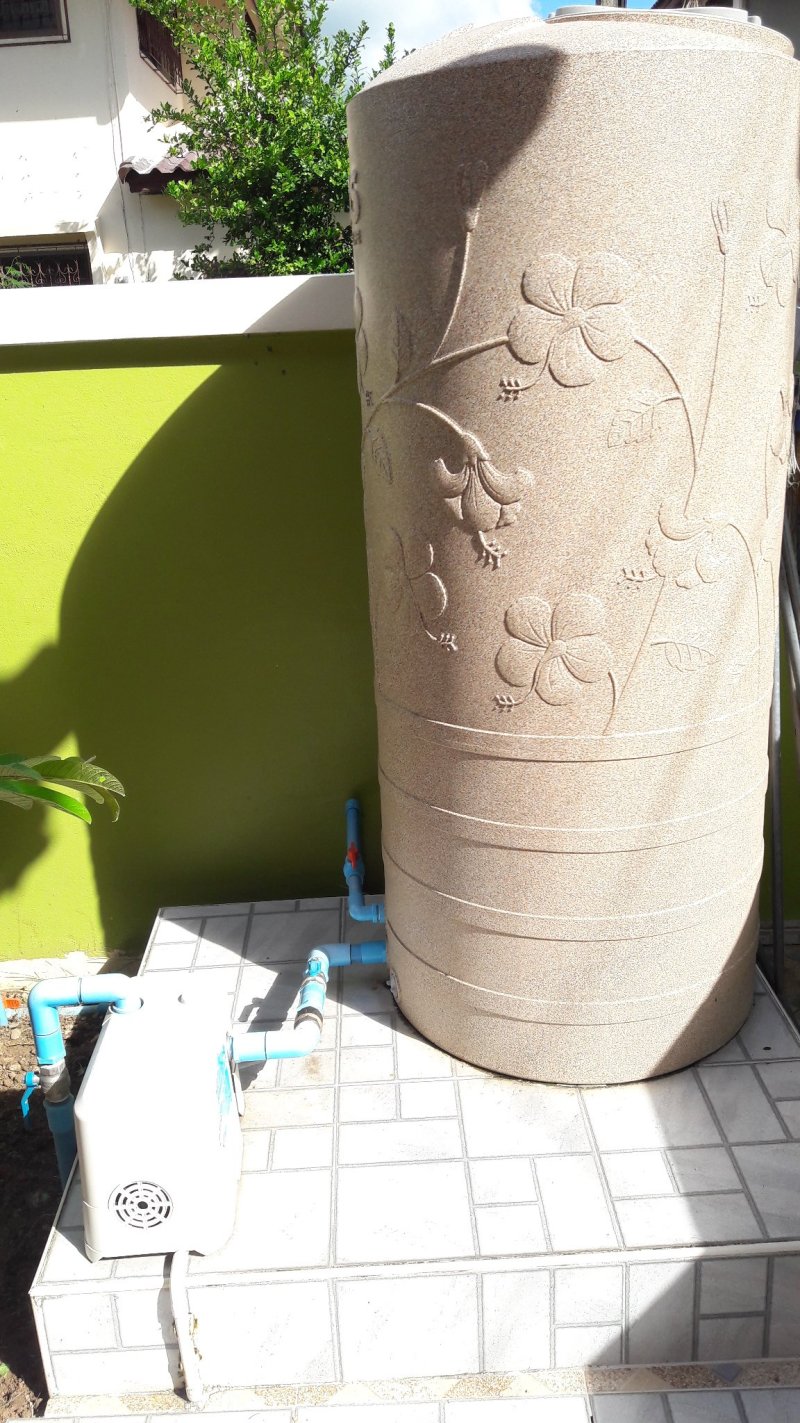
Any questions - please just ask.
Recently I'd noticed a slow movement of the butt-hose (next to the toilet) every ten seconds... probably from either water or air.
There is no water dripping from the toilet or any bathroom tap.
That movement stops when I shut off power to the pump.
Eventhough the pump is effectively shut off if I open a bathroom tap (ie: sink or bath) a very small stream of water will run...approx 300ml/hour.
Personally I figured no water could pass through the pump without electric power.
Is my assumption incorrect?
If I manually shut the outside pump valve connected to the pump this stream of water to the inside bathroom effectively stops.
The 'pump man' from DoHome where I purchased said pump stated water from the water tank is flowing through the Kikawa pump due to gravity when the valves to and from the pump are open.
('Really'?? - I thought.)
In effect my inquiry is: 'how could water flow through the pump if there wasn't any power source operating the pump ?'
As I'm not a pump professional I'm seeking knowledgable replies. Thanking you in advance.
Pump specs

The pump and tank setup.


Any questions - please just ask.
Last edited:

